Evaluating Impurities in New Drugs to Prevent Delays in Development
The Premier Consulting Blog
JULY 9, 2023
Impurities or degradants that exceed qualification thresholds and have not been adequately tested in Good Laboratory Practices (GLPs) toxicology studies are often encountered during development. In addition, this guidance focuses on DNA reactive substances that could potentially cause cancer. link] ICH M7 (R2)- Q&A.


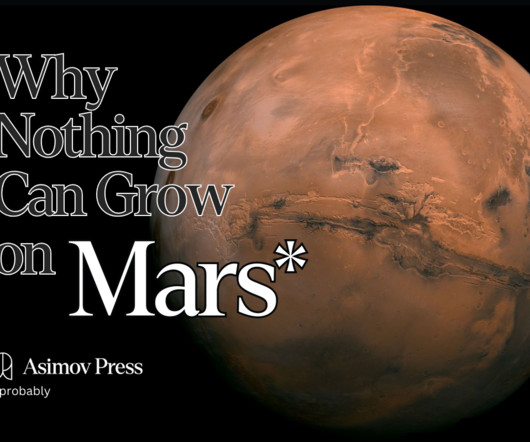
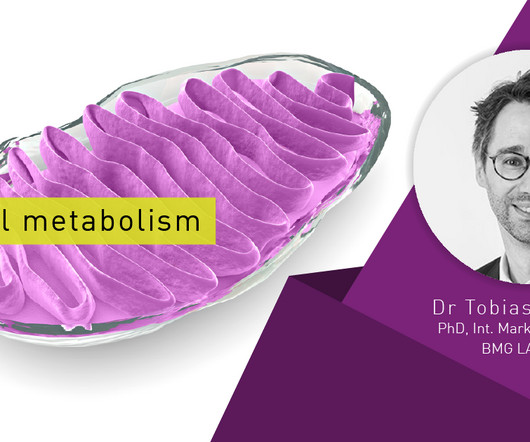
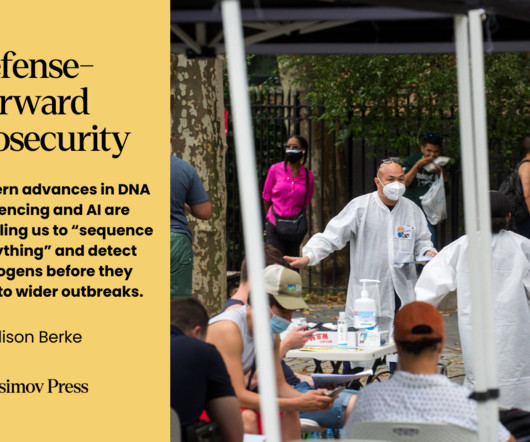
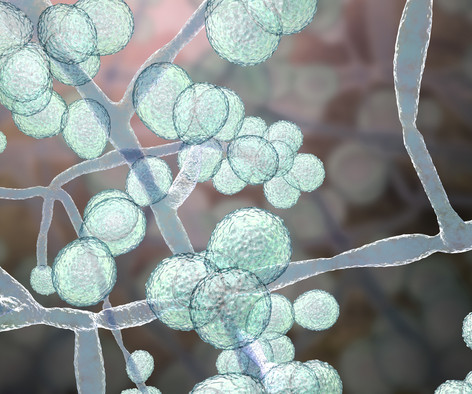
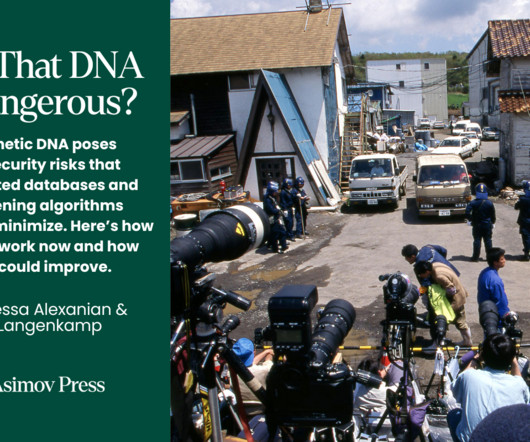

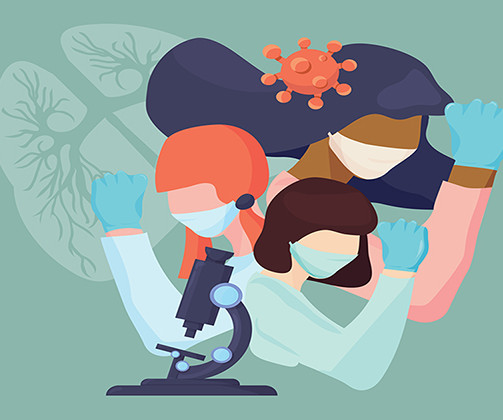
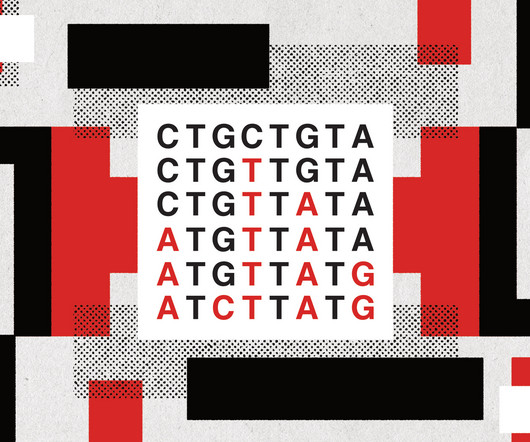
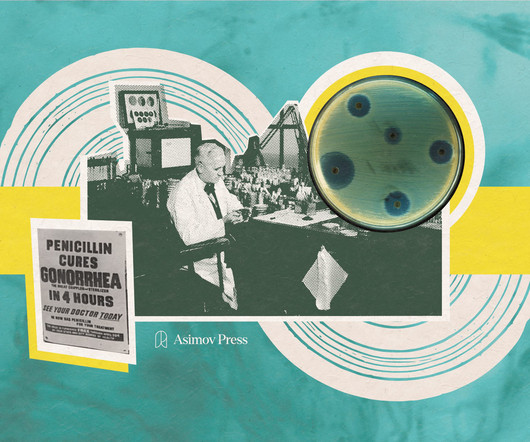
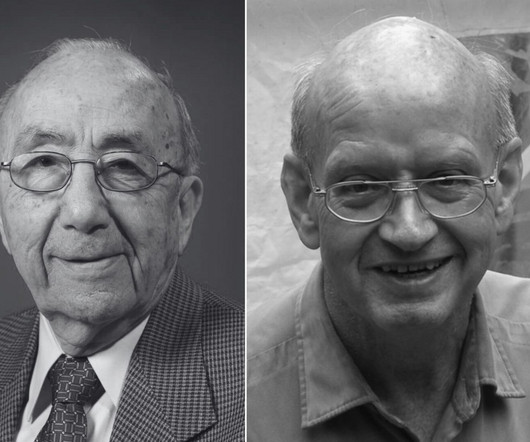






Let's personalize your content